Agbada is one of the names used to describe a flowing wide sleeved robe worn by men (and more recently women) in much of West Africa, and to a lesser extent in North Africa. It is a close relative of the equally popular and trendy dashiki.
Its origin dates far back as the 8th century Takrur and Ghana Empire wherein it was the “a la mode” clothing worn by the Islamic Tukulor, Mandé and Songhai peoples. It was also observed in the 13th century Mali and Songhai Empires.
It is worth mentioning that the agbada is not exclusive to the Yorubas as is popularly thought, as it is being found in other parts of Africa as well. It is known as “mbubb” among the Senegambia, and as “riga” among the Hausas and Fulanis of the West African Savannah.


Agbada in 1902.
By the early nineteenth century, the attire had been adopted by many non-muslims in sub-Saharan Africa, most especially kings, chiefs, and elites, who not only modified it to reflect local dress aesthetics, but also replaced the turban with indigenous head gears. The bigger the robe and the more elaborate its embroidery, the higher the prestige and authority associated with it.

A northerner putting on agbada (riga).
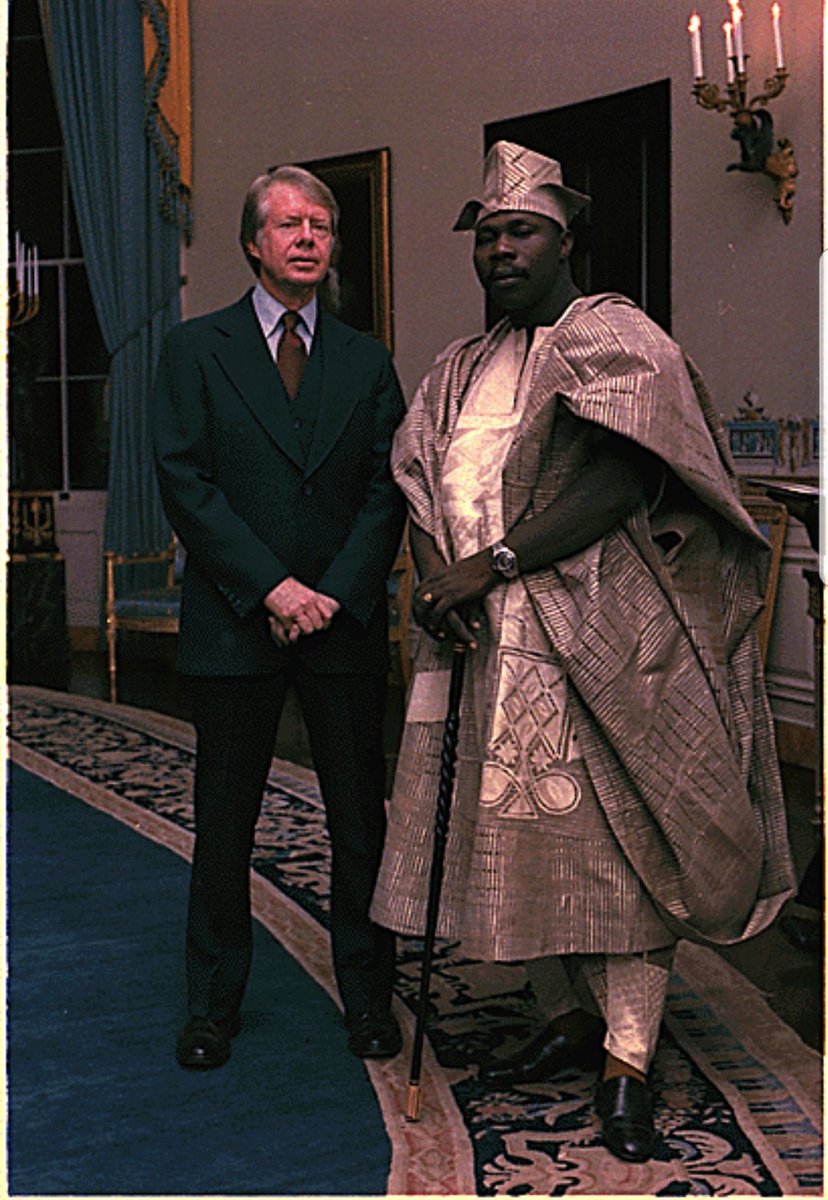
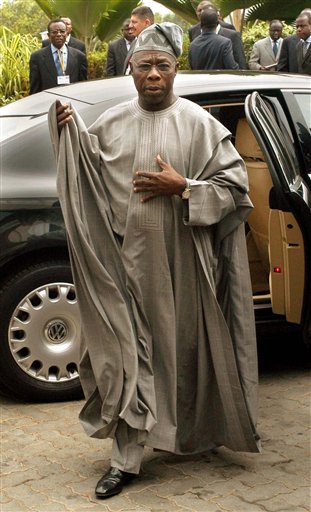
The former Nigerian president rocking the agbada style in the 90’s and in recent times.
Since the beginning of the twentieth century, new materials such as brocade, damask, and velvet have been used for the agbada. The traditional design, along with the embroidery, is being modernized.
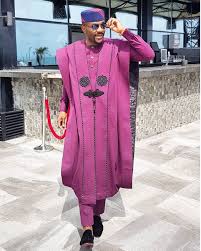
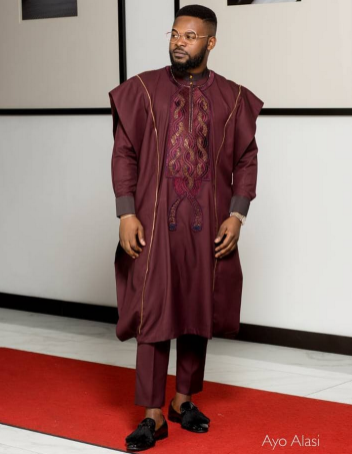

Recent abgada styles of 2018
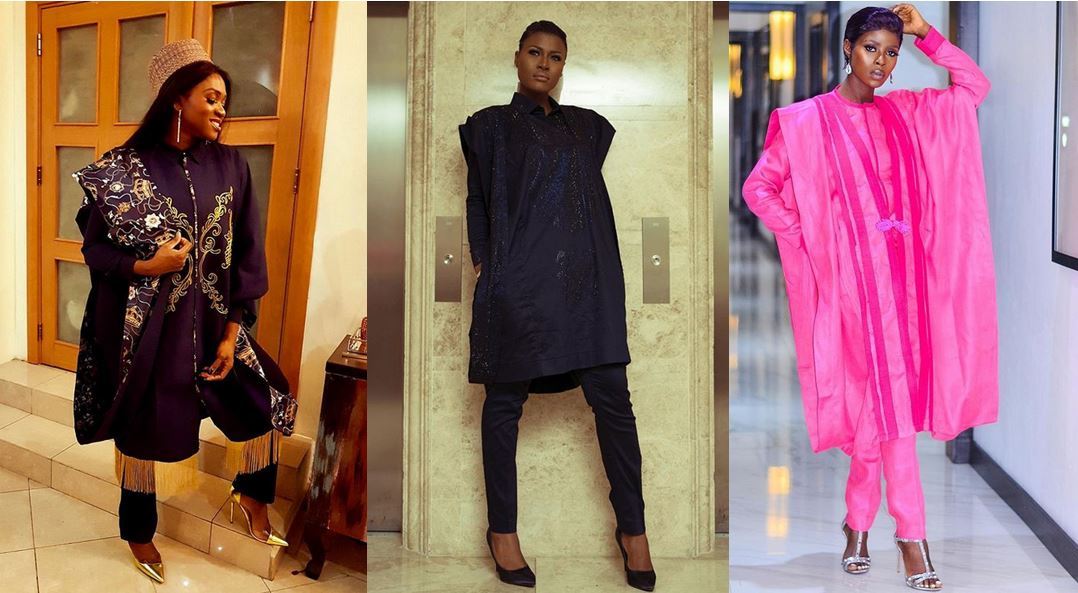
The Nigerian women also know how to rock the agbada style
Ever since its evolution till date, “AGBADA” has remained a mainstay in the “what’s trending” African fashion world.

Comments